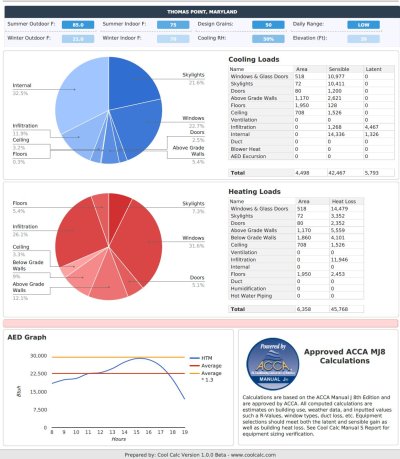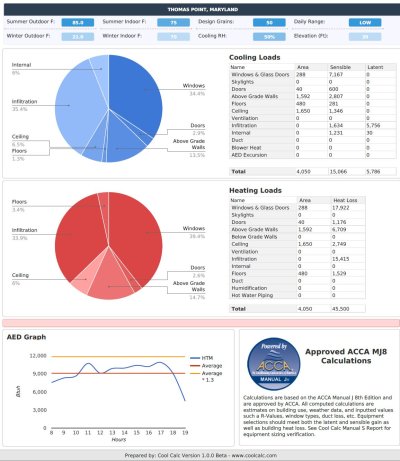Texas Proud
Give me a museum and I'll fill it. (Picasso) Give me a forum ...
- Joined
- May 16, 2005
- Messages
- 17,267
It has come time to replace the old system... the outside unit had the fan motor replaced 3 years ago but it is starting to not work off and on... the unit is 19 years old so I do not want to throw $600 at it and see how many more years I can get out of it...
BUT, I was reading about the 2 stage and variable stage ACs... the price difference between 1 stage and 2 stage is $1800... add an additional $1200 to go to variable... the SEER goes from 14.5 to 16 to 18 also...
Does anybody have a 2 stage or variable unit? Do you see a difference in comfort in the house?
We do have some humidity problems during the spring and fall when the AC is much larger than needed, but I do not know if it is worth the price difference...
BUT, I was reading about the 2 stage and variable stage ACs... the price difference between 1 stage and 2 stage is $1800... add an additional $1200 to go to variable... the SEER goes from 14.5 to 16 to 18 also...
Does anybody have a 2 stage or variable unit? Do you see a difference in comfort in the house?
We do have some humidity problems during the spring and fall when the AC is much larger than needed, but I do not know if it is worth the price difference...


